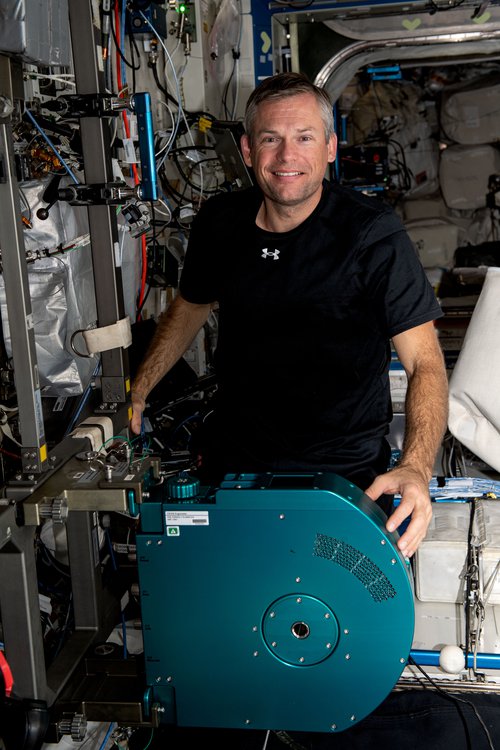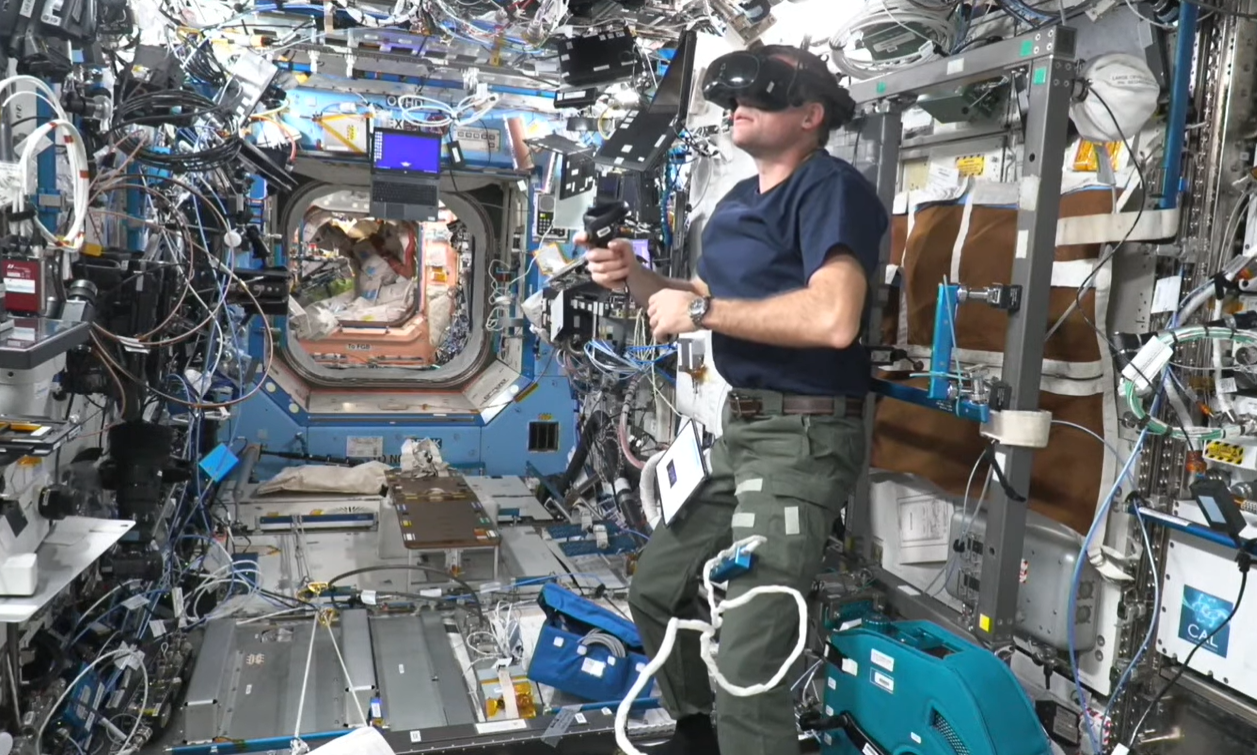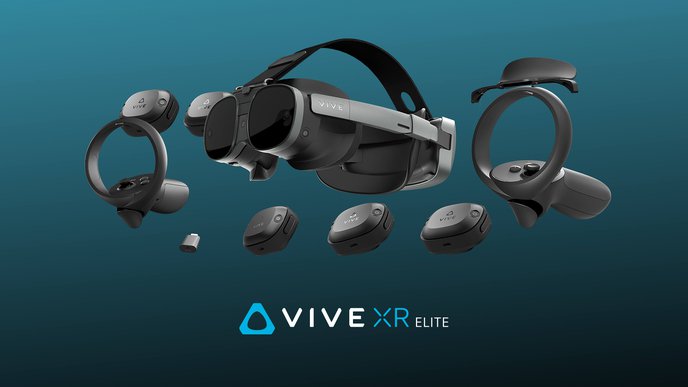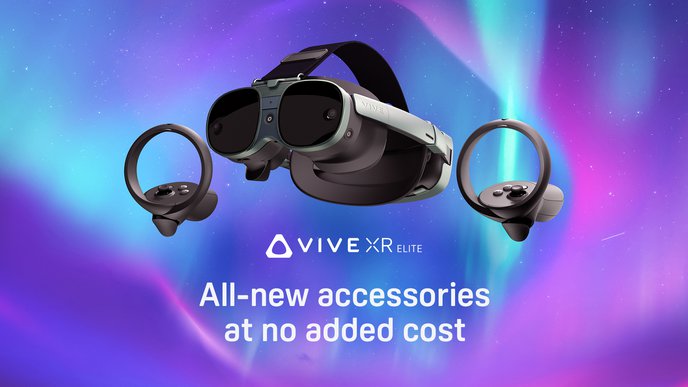In a groundbreaking achievement, the VIVE Focus 3 recently became the first VR headset to function in the microgravity conditions of space, specifically being used to maintain astronaut mental health while in orbit.
Now, we're excited to announce the mission has expanded to support astronaut physical health, with the VIVE Focus 3 now playing a vital role in astronauts' exercise routines.
VIVE Focus 3 being the first standalone VR/XR headset to function in microgravity conditions marks a significant achievement. Previously, VR headsets in microgravity environments faced multiple challenges around tracking and orientation. We solved these challenges with unique solutions. Inspired by a range of solutions in our industry-leading Location Based Software Suite (LBSS), our team developed a special tracking methodology which utilized a controller as an anchor point.
This innovation allowed the European Space Agency’s Andreas Mogensen, Commander of the ISS, to utilize the headset for 25-minute long mental health sessions, where he experienced none of the issues that have plagued VR in space in the past, including drifting content and misaligned orientation. Now, he’s using the VIVE Focus 3 to enhance his exercise experience on the FERGO exercise bike and VR experience built by the Danish Aerospace Company.
Physical Toll of Space Travel
Astronauts spend months in microgravity, which can take a significant toll on the human body. According to experts like Jeremy Curtis from the UK Space Agency, astronauts can lose up to 40% of muscle and 12% of bone mass during a five-month space mission. This physical degradation is equivalent to a 20-year-old turning into a 60-year-old in just three months, according to Curtis.
NASA has conducted studies on the impact of microgravity on the human body and found that without Earth's gravity, weight-bearing bones lose 1% to 1.5% of mineral density per month during spaceflight. Without the proper diet and exercise routine, astronauts also lose muscle mass in microgravity faster than they would on Earth.
Astronauts returning to Earth can also experience problems standing up and balancing. Some have to undergo special rehabilitation programs for over a year after returning to earth to rebuild muscles and bones. After returning to Earth, bone loss might not be completely corrected by rehabilitation and some may never regain their previous bone mass.
In order to counteract these effects, astronauts must engage in two hours of daily exercise.
VR for Exercise on the ISS
A significant upgrade for astronaut physical health arrived on the ISS in the form of the Flight Ergometer, or FERGO for short. This cutting-edge exercise bike arrived in August 2023 and will replace the current CEVIS bike, which has served in orbit since 2007. The new FERGO bike can also handle an astronaut putting out 500 watts during exercise – a substantial improvement compared to the CEVIS’s 350 watts.
To combat the sterile and bland interior of the ISS, as well as the the constant hum of machines, Mogensen now wears a VIVE Focus 3 to have a visually and physically matched experience when cycling. As he cycles, the scenery moves in time, and the VIVE Focus 3 sends information via Bluetooth to FERGO, which provides resistance as he cycles uphill or on different surfaces.
The VR experience transports him to different virtual bike paths, which includes five cycling routes filmed in Mogensen’s native Denmark, providing a dynamic and engaging workout for him. The 360° VR videos include paths through Loekken, Silkeborg, Svanninge Bakker, Odense Aasti, and by the Copenhagen Lakes. Notably, one challenging scenario was contributed by a 10-year-old Danish competition winner, Isabella Dam from Saltum, who shared footage of her cycling on Loekken beach, with unique views including the World War II bunkers.
Andreas is an ambassador of the WILD Nature Foundation, and speaking to them in January 2024 he shared a bit about his experience using the VIVE Focus 3, “I miss the earth...I miss the feeling of the warm sun. I miss the breeze. I miss the smell of the grass and the trees...It's a very very unnatural laboratory we're in. One of the experiments I have here is a virtual reality set I use to refresh myself to help my psyche, and it's actually wonderful. One of the things I love about this virtual reality set, is the sound, hearing the sound of the birds chirping, hearing the sound of the wind blowing through the reeds and through the leaves. I love that and it's something I miss.”
The deployment of VIVE Focus 3 on the ISS for both mental and physical health is an incredible milestone. VIVE Focus 3 being the first standalone VR headset to work in the microgravity conditions of space will have a great impact back on Earth and beyond.
This achievement was made possible through collaboration and innovation with our own VIVE R&D team, astronauts aboard the ISS, and partners at Nord-Space Aps, XRHealth, the European Space Agency, NASA, the Danish Aerospace Company, and many more.





